Peppers have damping off!?!?!?!
TheCakePlant
10 years ago
Related Stories

DECORATING GUIDESDesign Details: Pepper a Space with Poufs
Keep Cushy Seats On Hand for Unexpected Guests and Casual-Chic Style
Full Story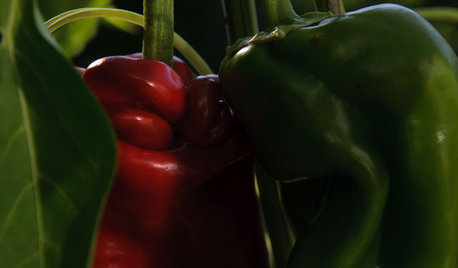
GARDENING GUIDESSummer Crops: How to Grow Peppers
Some like 'em hot; others like them sweet. With the incredible range of peppers available for home gardens, you can have your pick
Full Story
LIFE6 Ways to Cool Off Without Air Conditioning
These methods can reduce temperatures in the home and save on energy bills
Full Story
GARDENING GUIDES6 Steps to Get a Garden Off to a Glowing Start
Grow a lush, balanced garden from an empty patch of yard or neglected landscape spot with these easy-to-follow guidelines
Full Story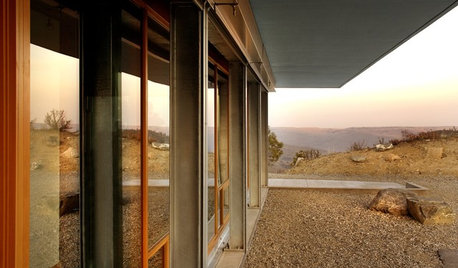
GREEN BUILDINGOff the Grid: Siting and Building to Conserve Energy
Look to low-tech solutions for big energy savings when you’re constructing a home
Full Story
HOUZZ TOURSHouzz Tour: Just What Mom Wanted, Off the Washington Coast
With an art studio, age-in-place features and a view-maximizing design, this home shows just how well the architect knows his client
Full Story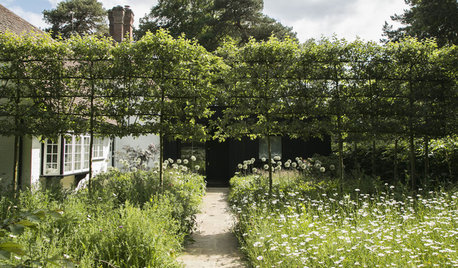
GARDENING AND LANDSCAPINGCrab Apple Trees Set Off a Stylish English Courtyard
A structure of pleached crab apple trees, bordered by a wildflower meadow, links a minimalist addition to an old house in Buckinghamshire
Full Story
BLACKCooking With Color: When to Use Black in the Kitchen
Consider sampling Caviar or Cracked Pepper on your kitchen walls or cabinets for richness and impact
Full Story
LIVING ROOMSBelow My Houzz: An Inviting Basement With Industrial Edge
Reconfiguring a cramped, damp basement opens up a new world of sleek, functional spaces
Full Story
SMALL HOMESHouzz Tour: Garden Apartment Gains Space and Light
From a damp, dark basement to a beautiful, warm home with lots of light-flooded space, this London flat has been on quite a journey
Full Story






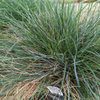
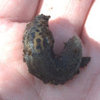
ken_adrian Adrian MI cold Z5
Kimmsr
Related Professionals
Allentown Landscape Architects & Landscape Designers · Danbury Landscape Architects & Landscape Designers · Oatfield Landscape Architects & Landscape Designers · Berwyn Landscape Contractors · Fishers Landscape Contractors · Fort Wayne Landscape Contractors · Fountain Valley Landscape Contractors · Golden Landscape Contractors · Methuen Landscape Contractors · Mission Bend Landscape Contractors · New Providence Landscape Contractors · Petaluma Landscape Contractors · Raleigh Landscape Contractors · Westchester Landscape Contractors · Okolona Stone, Pavers & ConcreteMaryMcP Zone 8b - Phx AZ
nikthegreek
rhizo_1 (North AL) zone 7
TheCakePlantOriginal Author
rhizo_1 (North AL) zone 7
woohooman San Diego CA zone 10a
woohooman San Diego CA zone 10a
Kimmsr
woohooman San Diego CA zone 10a
DMForcier